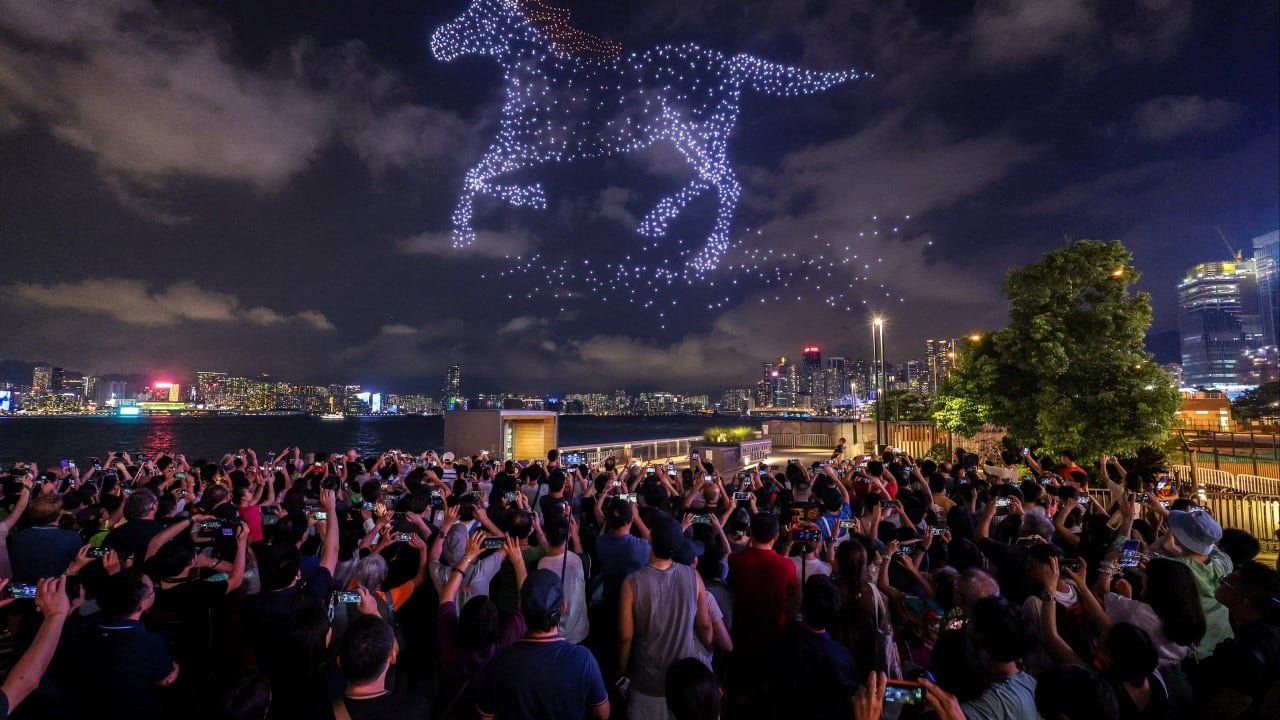Hong Kong’s economy is expanding, and the outlook remains positive as we close the year. In recent months, the term “low-altitude economy” has taken on prominence in development discussions. At present, about 30 mainland provinces have incorporated low-altitude economy initiatives into their government work reports or launched related policies.
Advertisement
Hong Kong has also taken significant steps, establishing a working group on low-altitude economy development and sending a dedicated team to Shenzhen to explore cross-border drone collaborations.
This emerging sector is seen as heralding a new era in productivity and being a catalyst for the entire industrial value chain. In fact, the scale of China’s low-altitude economy exceeded 500 billion yuan (US$68.8 billion) in 2023 and is projected to surpass 2 trillion yuan by 2030.
For the public, the most visible aspect of this economy might be drone-based food and package deliveries or stunning drone shows. For instance, during this year’s National Day celebrations, Shenzhen hosted a breathtaking performance featuring 10,000 drones against the city’s dazzling skyline.
Similarly, Hong Kong has held large-scale drone shows during major celebrations, several over Victoria Harbour. These digital alternatives to fireworks have become new signature tourist events, drawing crowds eager to capture and share the spectacle, providing a boost to the city’s brand and possibly bringing about increased footfall.
Advertisement
However, the low-altitude economy extends far beyond spectacular performances. Its applications span areas including logistics, security, emergency response, medical delivery, commercial aviation and aerial mapping. While achieving large-scale commercial operations in these domains will require time, the journey ahead represents a great opportunity.

